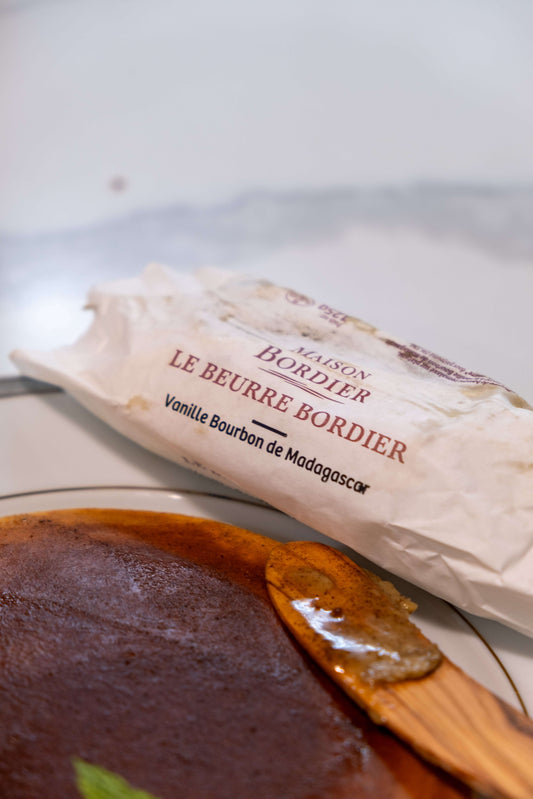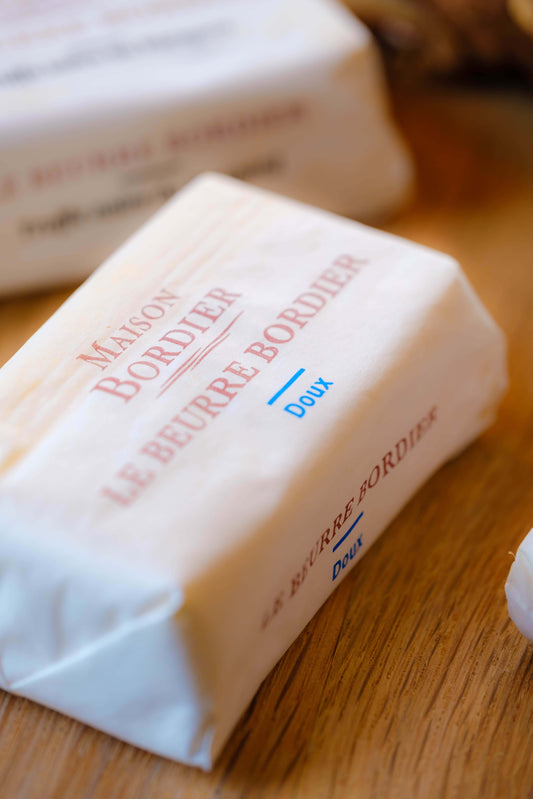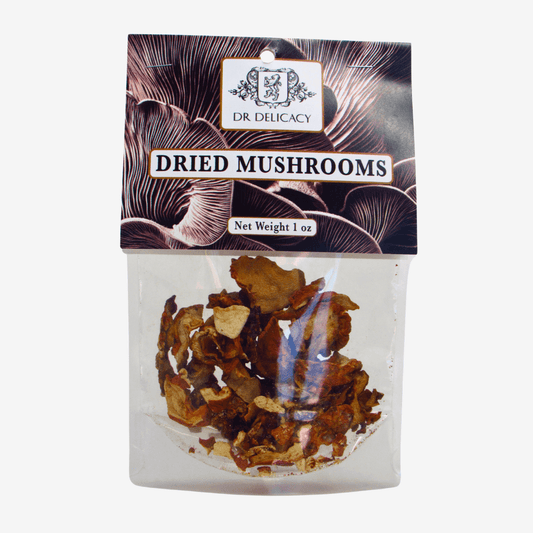
The High-End Food Destination For Caviar, Truffles & Mushrooms
Your destination for luxury dining enthusiasts. The finest caviar, truffles, and mushrooms are at the heart of our gourmet selection. Whether you're a culinary connoisseur seeking the perfect ingredient for your next creation or simply looking to indulge in the finer tastes of life, our curated collection promises an unparalleled experience.
Exclusive Selection Caviar
-
Beluga Hybrid Caviar
Regular price $140.00 USDRegular priceUnit price / per -
Kaluga Black Caviar
Regular price From $95.00 USDRegular priceUnit price / per -
Kaluga Amber Caviar
Regular price $99.00 USDRegular priceUnit price / per$80.00 USDSale price $99.00 USD -
Kaluga Gold Caviar
Regular price $110.00 USDRegular priceUnit price / per -
Osetra Black Caviar
Regular price From $75.00 USDRegular priceUnit price / per -
California White Sturgeon Caviar
Regular price $99.00 USDRegular priceUnit price / per -
Italian White Sturgeon Caviar
Regular price $96.25 USDRegular priceUnit price / per$63.00 USDSale price $96.25 USD -
Royal Siberian Caviar
Regular price $96.25 USDRegular priceUnit price / per$66.00 USDSale price $96.25 USD -
Hackleback Caviar
Regular price $46.88 USDRegular priceUnit price / per -
Paddlefish Caviar
Regular price $21.08 USDRegular priceUnit price / per -
Bourbon Smoked Trout Roe
Regular price From $11.99 USDRegular priceUnit price / per -
Wild Keta Salmon Roe
Regular price From $22.80 USDRegular priceUnit price / per

Your Destination For Fresh Truffles
We bring you the finest selection of premium truffles, carefully sourced from the heart of their origins.
Newest Products
-
Le Beurre Bordier Yuzu Butter
Regular price $25.25 USDRegular priceUnit price / per -
Le Beurre Bordier Wild Garlic and Kampot Pepper Butter
Regular price $23.99 USDRegular priceUnit price / per -
Caviar Spoon Gift Box
Regular price $3.98 USDRegular priceUnit price / per -
Chipolata Sausage
Regular price $19.75 USDRegular priceUnit price / per -
Le Beurre Bordier Madagascar Bourbon Vanilla Butter
5.0 / 5.0
(2) 2 total reviews
Regular price $32.99 USDRegular priceUnit price / per -
California White Sturgeon Caviar
Regular price $99.00 USDRegular priceUnit price / per -
Le Beurre Bordier Unsalted Butter "Doux"
5.0 / 5.0
(1) 1 total reviews
Regular price $17.99 USDRegular priceUnit price / per -
Red Alaea Sea Salt
Regular price $7.99 USDRegular priceUnit price / per -
Le Beurre Bordier Espelette Pepper Butter
Regular price $23.99 USDRegular priceUnit price / per -
Le Beurre Bordier Salted Butter "Demi-Sel"
5.0 / 5.0
(3) 3 total reviews
Regular price $17.99 USDRegular priceUnit price / per -
Glass Caviar Server
Regular price $40.63 USDRegular priceUnit price / per -
Dried Lion's Mane Mushrooms
Regular price $6.99 USDRegular priceUnit price / per -
Dried Lobster Mushrooms
Regular price $16.88 USDRegular priceUnit price / per -
Dried Trumpet Royale Mushrooms
Regular price $6.99 USDRegular priceUnit price / per -
Dried Morel Mushrooms
Regular price $15.47 USDRegular priceUnit price / per
Let customers speak for us
from 70 reviewsI'm not a fan of Salmon Roe, but this Trout Roe is delicious. I liked the smoked taste and was great paired with creme fraiche

This was delicious. We had it with some water crackers and topped it with raspberries and blueberries. The texture was creamy and very flavorful.

This butter is excellent. I've never tasted anything like it and look forward to being able to purchase it again. What a wonderful product!

I don't know where these have been all my life, but I'm so glad I found them. So delicious. I ate them on a kettle cooked potato chip and it was amazing.

It was delicious and creamy.We tried them on warm, home made mini-scones! Melted in our mouth deliciousness

The butter is excellent!

Thank you for having the best quality products available.

Subscribe to our newsletter
Stay updated on our newest items, discounts, and events!












































